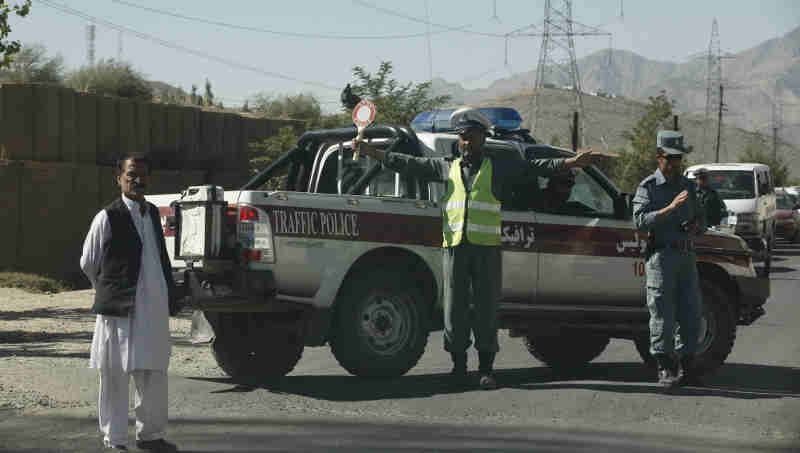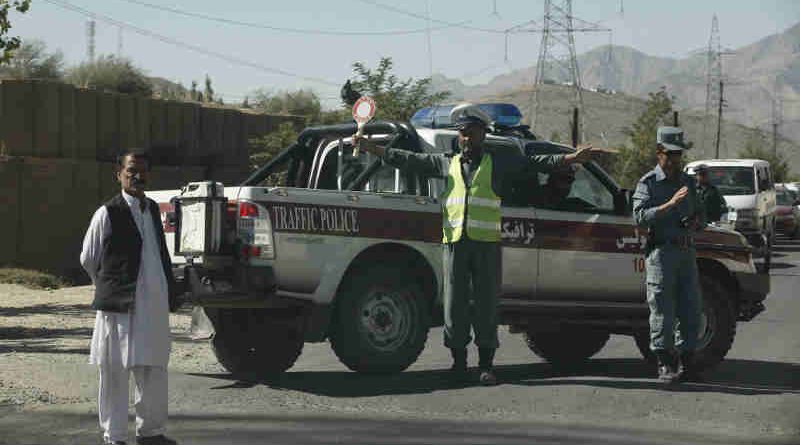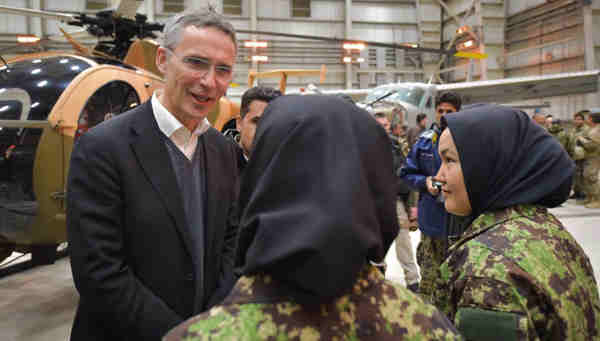Report Reveals High Numbers of Civilian Casualties in Afghanistan

The UN Assistance Mission in Afghanistan (UNAMA) urges all parties to the conflict to take immediate and concrete measures to better protect civilians from harm, as the latest data for 2017 released Thursday by UNAMA shows continued high numbers of civilian casualties.
“It is civilians, with increasing numbers of women and children, who far too often bear the brunt of the conflict,” said Tadamichi Yamamoto, the Secretary-General’s Special Representative for Afghanistan. “With the so-called fighting season imminent, I appeal to all parties to take every measure possible to prevent unnecessary and unacceptable harm to Afghan civilians.”
[ Save Us from Poisonous Pollution in Delhi ]
In the first quarter of 2017, UNAMA documented 2,181 civilian casualties (715 dead and 1,466 injured), a four per cent decrease compared to the same period in 2016. Civilian deaths decreased by two per cent while civilian injuries decreased by five per cent.
Consistent with trends in 2016, ground engagements continued to cause most civilian casualties, followed by improvised explosive devices, as well as suicide and complex attacks.
The decrease in civilian casualties recorded by UNAMA is chiefly attributable to a 19 per cent reduction in civilian deaths and injuries caused by ground engagements between Pro-Government Forces and Anti-Government Elements.
[ Terrorists in the Middle East Using Chemical Weapons: UN Chief ]
While UNAMA welcomes such a decrease and all efforts to protect civilians, it notes the record levels of internal displacement within Afghanistan during 2016 and that the reduction in numbers may be related to the movement of civilians from several areas severely affected by conflict.
Notwithstanding this decrease, ground fighting remained the leading cause of civilian casualties – accounting for 35 per cent of all civilian casualties.
Geographically, Kabul province had the highest number of civilian casualties due to suicide and complex attacks in Kabul city, followed by Helmand, Kandahar, Nangarhar and Uruzgan provinces.
[ Humanitarian Crisis Persists at DPS Housing Society in Delhi ]
Anti-Government Elements caused 62 per cent of civilian casualties – 1,353 civilian casualties (447 dead and 906 injured), reflecting a five per cent increase compared to the same period in 2016.
Anti-Government Elements continued to target civilians intentionally and deploy indiscriminate tactics in areas with a civilian presence – in clear violation of their obligations under international humanitarian law.
UNAMA documented attacks targeting civilian government employees, tribal elders, Muslim Shi’a mosques, humanitarian de-miners, NGO workers and civilians perceived to be government supporters.






